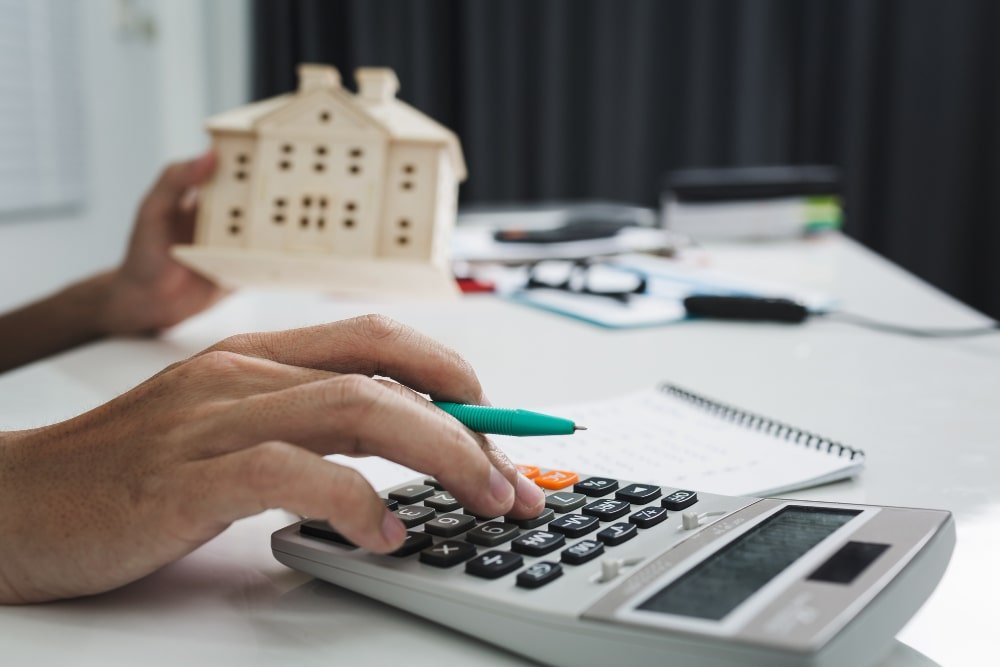Unveiling the Essentials of Property Development Feasibility
Embarking on a real estate development project requires more than just vision—it demands a meticulous assessment of financial viability and potential returns. This crucial step is encapsulated in a property development feasibility study, a comprehensive analysis that weighs costs, revenues, market dynamics, and risks associated with the venture. Let’s delve into the key components and calculations involved in this process.
Market Analysis
Before breaking ground, a thorough market analysis is imperative. Assess demand and supply for the intended property type, scrutinise local market conditions, and gauge competition to ensure alignment with market trends.
Land Acquisition Costs
The first financial checkpoint involves determining the cost of acquiring the development land. Legal and regulatory expenses related to the acquisition are also factored in.
Development Costs
Estimating construction costs is a pivotal aspect. This encompasses materials, labour, permits, fees, and professional services. Contingencies for unforeseen expenses during construction are also considered.
Financing Costs
Financing the project comes with associated interest and fees. Calculating the cost of obtaining loans or other financing is paramount to the feasibility assessment.
Operational Costs
Beyond construction, ongoing operational expenses must be considered. This includes property management, maintenance, utilities, and taxes.
Revenue Projections
Anticipating revenue from property sales or rentals is crucial. Market rental rates, sales comparable, and potential growth over time are key factors in this projection.
Sales and Marketing Costs
Marketing efforts and associated costs, such as advertising and sales commissions, are included in the feasibility study.
Cash Flow Analysis
A detailed cash flow projection is constructed, mapping out the timing of expenses and revenues throughout the development timeline.
Profitability Metrics
Key financial metrics, including Net Present Value (NPV), Internal Rate of Return (IRR), and Return on Investment (ROI), are calculated to gauge the project’s financial attractiveness.
Risk Assessment
Identifying and evaluating potential risks, such as market fluctuations or regulatory changes, is an integral part of the feasibility study. Developing mitigation strategies for these risks is equally crucial.
Sensitivity Analysis
The study is not static; it includes sensitivity analysis to understand how changes in variables like construction costs or sales prices may impact the project’s financial feasibility.
Conclusion
In conclusion, property development feasibility studies serve as a compass, guiding developers and investors through the intricate landscape of financial decision-making. A well-executed study provides a clear understanding of the project’s economic viability, helping stakeholders make informed and strategic choices throughout the development journey.







